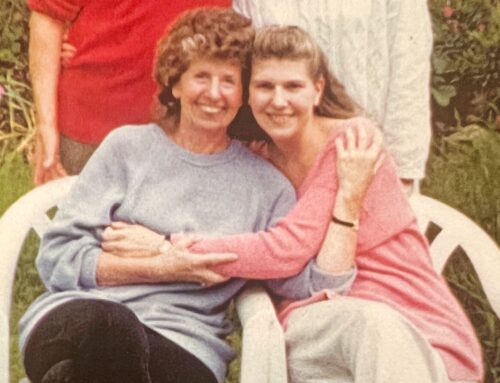Alison had experienced some tough office politics a few years ago and came to a recent War to Peace workshop feeling very stressed. She had left her previous troublesome organisation but wasn’t faring much better in her current one. She was now in her third role and explained that she had the constant worry that people were thinking the worst of her and talking about her behind her back. This made her edgy and defensive, which affected both her relationships and her productivity at work, thus often making her fear become a reality.
 Someone else’s mistake
Someone else’s mistake
During the workshop, Alison described a recent situation at work. She explained that there has been an error in the numbers she’d been given to present at a recent meeting with senior members of staff. It was a minor mistake, she said, and easily rectified, but Alison couldn’t shake the worry that her colleagues thought her incompetent and she remained furious with the person who had made the error, even though she herself felt this was an overreaction. When she saw two of her colleagues talking in hushed tones a little later, she became convinced that they were talking about her and she felt the familiar feelings of dread settle on her, accompanied by her defensive, reactive behaviour.
Is it me or is it them?
Alison explained that she often felt as much at War with herself as she did with her colleagues, as she found herself reliving work incidents in her mind and re-experiencing the associated emotions of stress, shame and anger. The incident with the inaccurate figures and the subsequent worry was just an example of something that was happening on a very regular basis and bringing Alison into a mire of negativity.
What else could this mean?
Inspired by an exercise at the workshop, Alison began considering the possibility that what people were doing and saying had nothing to do with her. This helped her to try something new. Each time she found herself interpreting a colleague’s perceived mood as having something to do with her, she would write a list of all the other reasons she could think of as to what else could be going on for them. For example, the staff members talking in a whisper could have been one of them sharing a personal problem, 
By listing the many reasons that her workmates might be reacting the way they appeared to be, Alison lifted the heavy burden she’d been carrying on her shoulders. It also helped her to become less self-absorbed and consider that her colleagues may also find work challenging at times. This gave her greater capacity to focus on what she could do to help them and, at the same time, feel much less edgy and defensive. As a result, not only did her mood lighten considerably at work, her relationships with her colleagues become much more lighthearted and easier to deal with, meaning she was far more able to be the productive and competent manager she had always wanted to be.
Over to you
Could you be unfairly blaming yourself or others for what you perceive people to be thinking or doing? What other reasons could they have to behave in that way? Consider how these other possibilities could change your response to a more helpful one.
Could you, or someone you know, benefit from War to Peace®?
If you, or someone you know, could benefit from recognising some alternative reasons for other people’s reactions, consider learning War to Peace®. These workshops can be held in your workplace and away from it. Spaces for our next public course that anyone may attend can be booked here:
photo credit: CEBImagery.com via photopin cc

 Someone else’s mistake
Someone else’s mistake




This illustrates so well how easy it is to make assumptions based on our own thinking and how these can become (bad) habits. So thanks for a great reminder and explaining a really useful technique for how to take a step back and consider other ways we could interpret the behaviour.
Wonderful illustration of how we literally create our own reality!
And isn’t it amazing how, when we shift our inner perspective, other people seem to magically change?
Love this post – thanks for sharing.